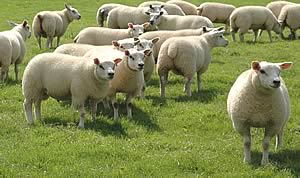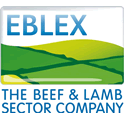 |
|||||||||
|
||||||||||||||||||||||||||||||||||||||||||||||||||||
|
|
Best Practice Guidance for Store Lamb Producers
English store lamb producers selling into the New Year market are going to need to select the correct type and weight of lambs and achieve the right balance between finishing speed and feed costs if they are to make the most of their opportunities under the growing challenge of chilled imports. This is the advice from the English Beef and Lamb Executive (EBLEX) in its latest practical guidance. Best practice for long-keep store lamb production in the modern market, set out in the organisation’s newly-published Lamb Action for Profit resource at www.eblex.org.uk, suggests lambs should be acquired within 10-18 kg of their required slaughter weight, managed to gain 0.5-0.7 kg/week on minimal concentrates, and marketed as early as possible from February. This approach will ensure lambs of a better weight for both the UK and export markets sold ahead of the time at which chilled imports increasingly come into play in the run-up to Easter. Performance Targets for Long-Keep Store Lambs (EBLEX)
For greatest success with the long-keep store lambs, EBLEX advises producers to:
|
|||||||||||||||||||||||||||||||||||||||||||||||||||

|
|
|||||||||||||||||||||||||||||||||||||||||||||||||||
| home | agri-services | pedigree
pen | news | dairy | beef | machinery BPS | property | organisations | site map |
||||||||||||||||||||||||||||||||||||||||||||||||||||

